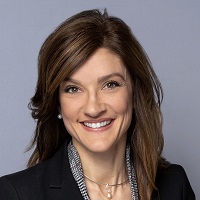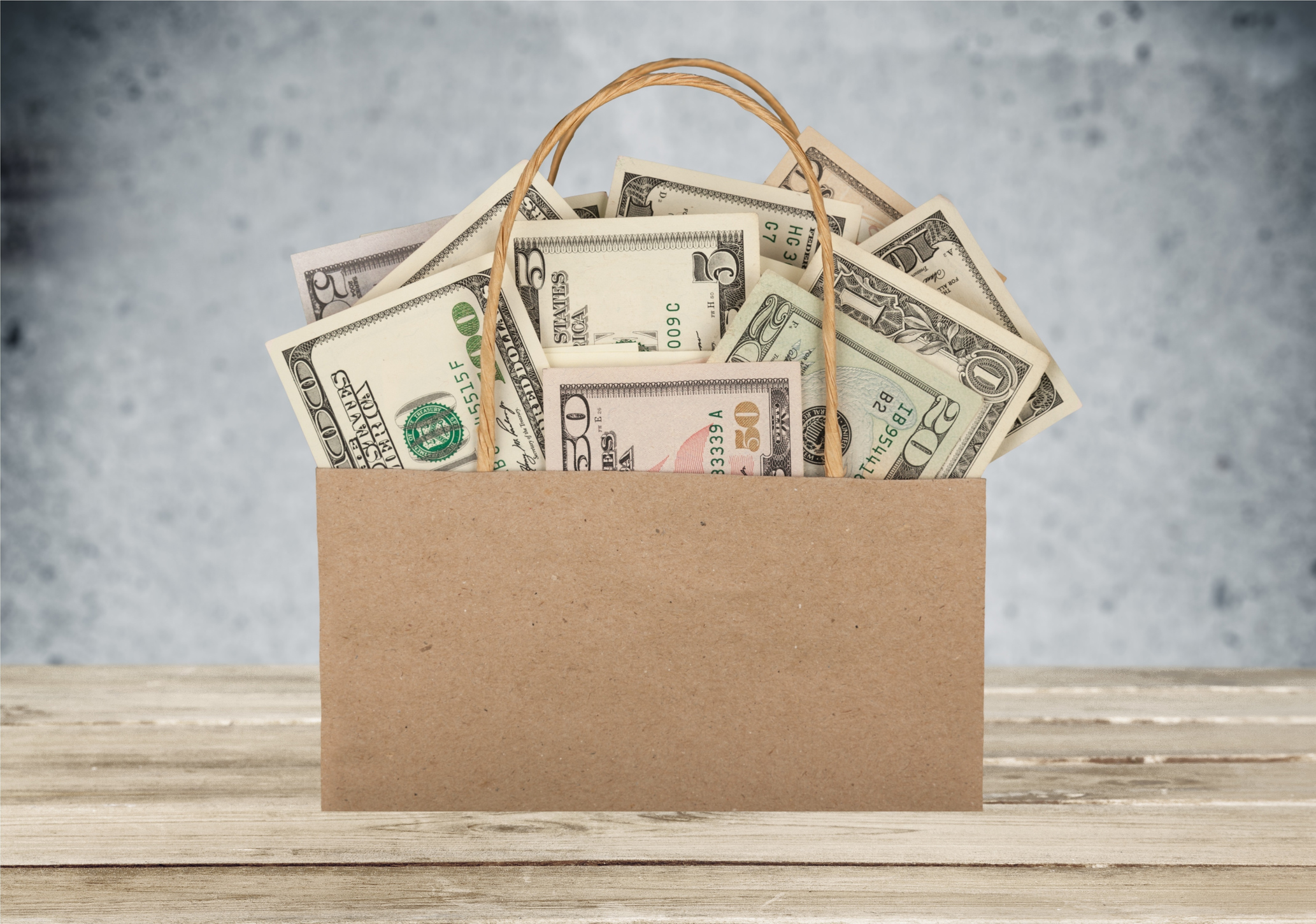How to Maximize Your Impact With Strategic Philanthropy Tools
You can ensure your philanthropy aligns with your personal goals by using a tax-smart, donor-advised fund, one of the easiest tools for giving. Here’s how it works.


Philanthropy begins with understanding what makes your heart break, what keeps you up at night and what gets you up in the morning. It’s a thoughtful and intentional way of giving, an exercise that fulfills you and allows you to live in alignment with your purpose. When you give to a cause that you are personally connected to, the satisfaction you feel as a donor is exponentially greater.
Despite the current economic uncertainty, people continue to prioritize charitable giving. The Philanthropy Roundtable estimates that individuals make 80% of philanthropic contributions in the United States. And younger generations are particularly interested in aligning with organizations that share their values and a broader societal purpose. With so much engagement and no shortage of need in the world, it’s important that individuals align their giving strategy with their personal financial goals.
Rather than viewing giving in isolation, it’s better to incorporate it in a holistic financial planning strategy that minimizes taxes and ensures your contributions can have the greatest impact.
From just $107.88 $24.99 for Kiplinger Personal Finance
Become a smarter, better informed investor. Subscribe from just $107.88 $24.99, plus get up to 4 Special Issues

Sign up for Kiplinger’s Free Newsletters
Profit and prosper with the best of expert advice on investing, taxes, retirement, personal finance and more - straight to your e-mail.
Profit and prosper with the best of expert advice - straight to your e-mail.
Reflective planning for efficient philanthropy
When building a financial plan, it is useful to anchor all strategies in the key areas in which wealth can be activated: grow, protect, give and live. This framework can help to define and drive what’s most important to you, both now and in the future. All areas are important, but prioritization will shift depending on your goals and where you are in life.
Giving efficiently with an eye toward minimizing both income and capital gains taxes will enable your assets to go further and have greater impact. The tax savings realized by an optimal giving strategy could be applied to give even more to the causes that matter to you most. They can also go toward accomplishing other financial goals, such as being reinvested to “grow” or perhaps to “live” a comfortable lifestyle in retirement.
Those who want their philanthropic contributions to be as effective as possible should consider if a donor-advised fund, or DAF, makes sense for them. DAFs are one of the fastest-growing giving vehicles in the United States because they are one of the easiest and most tax-advantageous ways to give to charity.
How donor-advised funds work
It may be difficult to give non-cash assets to charities that are not equipped to accept them. With a DAF, you can contribute cash, as well as stocks and bonds, and are generally eligible to take an immediate tax deduction. These funds can then be invested in securities for tax-free growth. When you’re ready to support your favorite charity, you can easily recommend a grant to any IRS-qualified public charity.
Record keeping is made easy with a DAF, as you must keep only the receipts from your DAF contributions rather than tracking every gift acknowledgment from every charity you support.
When you make a charitable contribution to a DAF, you are eligible for an immediate tax deduction, just as you would be by donating directly to a homeless shelter, food pantry or other public charity. But some donations could make you eligible for additional benefits. For example, if you donate appreciated assets such as stocks, you can avoid capital gains taxes while your investment grows tax-free.
What’s more, you can also incorporate your DAF into estate planning by making a bequest in your will to the DAF sponsor — such as a public foundation — or by making the sponsor a beneficiary. You can support many charities with one bequest by leaving instructions with the DAF sponsor. These gifts can also help reduce or eliminate the potential estate tax burdens.
Beyond individual benefits
I’ve personally seen the compounding impact that a philanthropic vehicle can have on both the individual level and the organizational level. I’ve deployed DAFs within an employee-led philanthropy program, which allocates a portion of our revenue invested into funds for our staff to impact their community. The ability to put structure around giving can accelerate the philanthropic spirit of individuals and groups.
And for those less charitably inclined, or for those who don’t know how they want to prioritize their giving, DAFs can still help maximize their estate, should they envision their legacy as ensuring the financial security of future generations.
Giving looks different person to person, group to group. But to make a difference, the formula is simple: Identify the need you see in the world and then identify the resources you have to match.
A good financial plan is a blueprint for your life and reflective of your values. It’s important to strategically incorporate philanthropic giving into your plan to maximize the impact your resources can have.
Profit and prosper with the best of Kiplinger's advice on investing, taxes, retirement, personal finance and much more. Delivered daily. Enter your email in the box and click Sign Me Up.

Heather Robertson Fortner is CEO and Chair of the Board of SignatureFD, an integrated wealth management firm with offices in Atlanta, Georgia and Charlotte, North Carolina. During her 20-year tenure at SignatureFD, Heather has created and executed strategies that have grown the firm’s AUM from $250 million to over $6 billion. SignatureFD’s unique approach to wealth management – called Net WorthwhileTM – is predicated on her philosophy that every person has a purpose in life, and wealth should be a vehicle to achieve one’s goals and live in alignment with one’s values.
-
 5 Types of Gifts the IRS Won’t Tax: Even If They’re Big
5 Types of Gifts the IRS Won’t Tax: Even If They’re BigGift Tax Several categories of gifts don’t count toward annual gift tax limits. Here's what you need to know.
-
 The 'Scrooge' Strategy: How to Turn Your Old Junk Into a Tax Deduction
The 'Scrooge' Strategy: How to Turn Your Old Junk Into a Tax DeductionTax Deductions We break down the IRS rules for non-cash charitable contributions. Plus, here's a handy checklist before you donate to charity this year.
-
 IRS Says You Made a Tax Return Mistake? A New Law Could Help You Fight Back
IRS Says You Made a Tax Return Mistake? A New Law Could Help You Fight BackTax Law Updated taxpayer protections change what the IRS must explain on error notices and how long you have to respond.
-
 I'm a Tax Attorney: These Are the Year-End Tax Moves You Can't Afford to Miss
I'm a Tax Attorney: These Are the Year-End Tax Moves You Can't Afford to MissDon't miss out on this prime time to maximize contributions to your retirement accounts, do Roth conversions and capture investment gains.
-
 I'm an Investment Adviser: This Is the Tax Diversification Strategy You Need for Your Retirement Income
I'm an Investment Adviser: This Is the Tax Diversification Strategy You Need for Your Retirement IncomeSpreading savings across three "tax buckets" — pretax, Roth and taxable — can help give retirees the flexibility to control when and how much taxes they pay.
-
 Could an Annuity Be Your Retirement Safety Net? 4 Key Considerations
Could an Annuity Be Your Retirement Safety Net? 4 Key ConsiderationsMore people are considering annuities to achieve tax-deferred growth and guaranteed income, but deciding if they are right for you depends on these key factors.
-
 I'm a Financial Pro: Older Taxpayers Really Won't Want to Miss Out on This Hefty (Temporary) Tax Break
I'm a Financial Pro: Older Taxpayers Really Won't Want to Miss Out on This Hefty (Temporary) Tax BreakIf you're age 65 or older, you can claim a "bonus" tax deduction of up to $6,000 through 2028 that can be stacked on top of other deductions.
-
 Meet the World's Unluckiest — Not to Mention Entitled — Porch Pirate
Meet the World's Unluckiest — Not to Mention Entitled — Porch PirateThis teen swiped a booby-trapped package that showered him with glitter, and then he hurt his wrist while fleeing. This is why no lawyer will represent him.
-
 Smart Business: How Community Engagement Can Help Fuel Growth
Smart Business: How Community Engagement Can Help Fuel GrowthAs a financial professional, you can strengthen your brand while making a difference in your community. See how these pros turned community spirit into growth.
-
 In 2026, the Human Touch Will Be the Differentiator for Financial Advisers
In 2026, the Human Touch Will Be the Differentiator for Financial AdvisersAdvisers who leverage innovative technology to streamline tasks and combat a talent shortage can then prioritize the irreplaceable human touch and empathy.
-
 How Financial Advisers Can Deliver a True Family Office Experience
How Financial Advisers Can Deliver a True Family Office ExperienceThe family office model is no longer just for the ultra-wealthy. Advisory firms will need to ensure they have the talent and the tech to serve their clients.